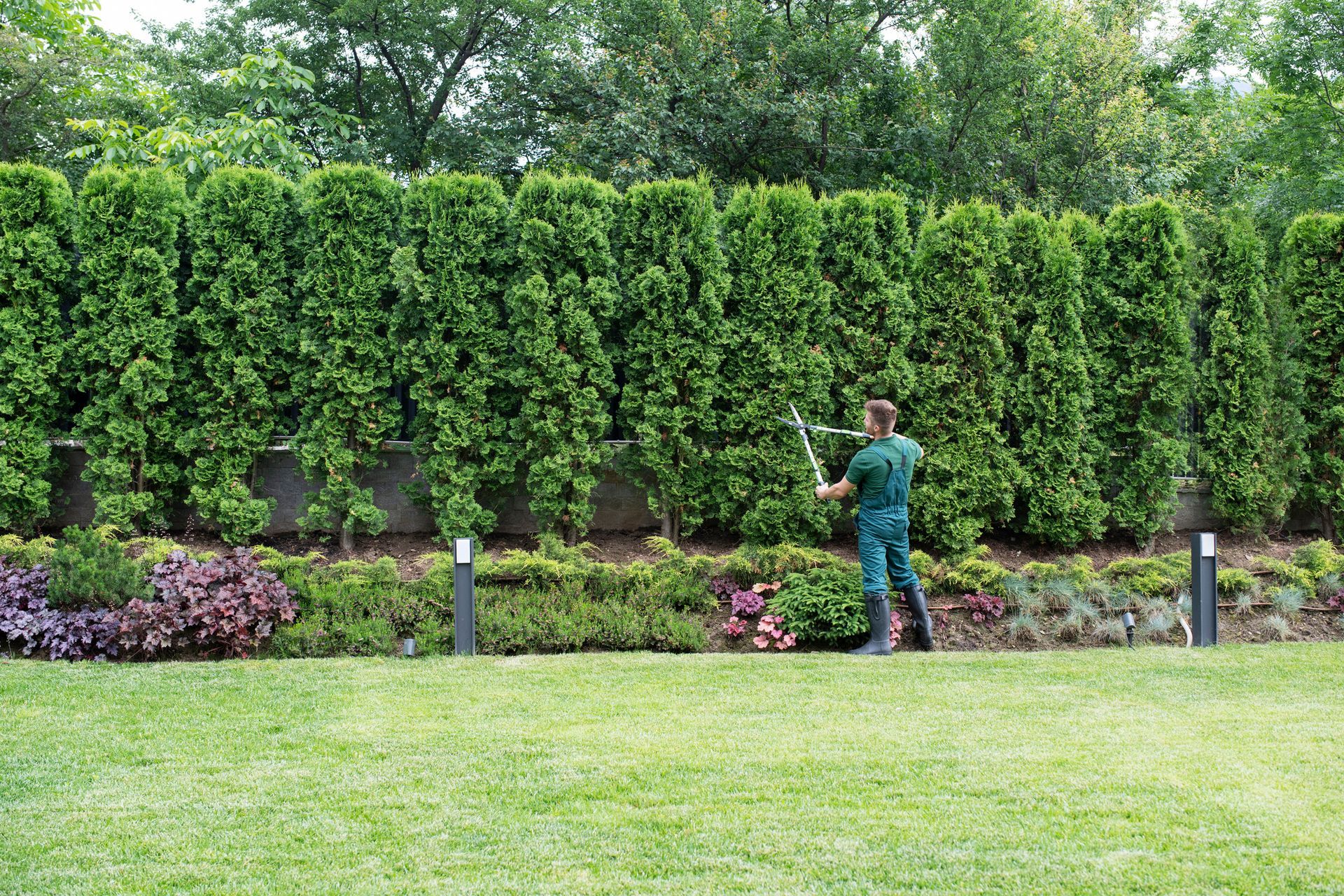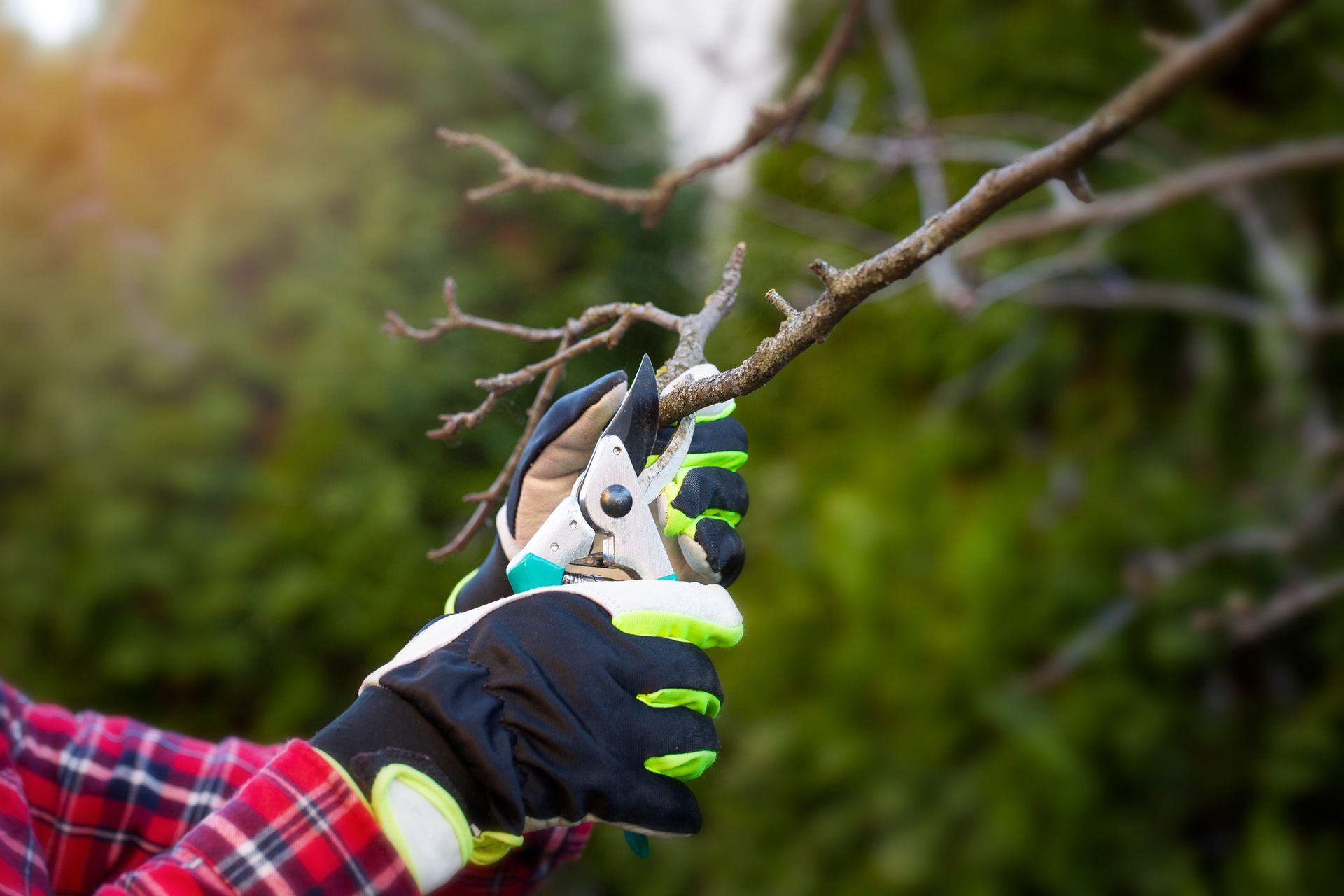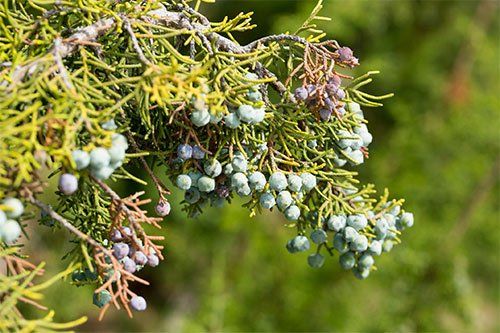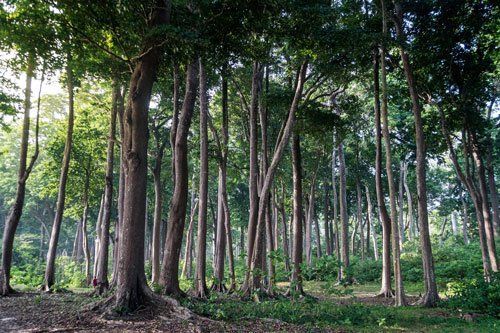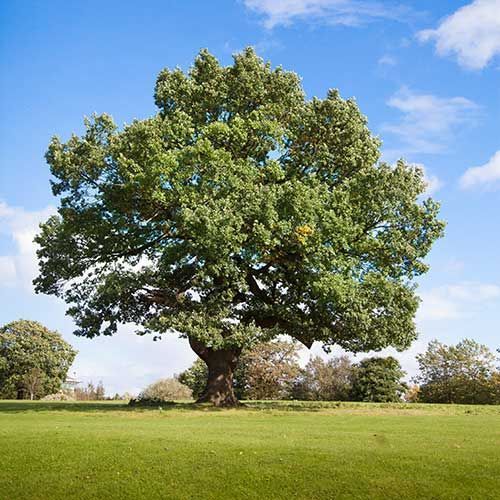When Tree Growth Isn't Good: Witches' Brooms
San Diego County's plentiful microclimates allow gardeners to grow many species of trees around the region. One issue several of these diverse tree species have in common is the ability to sprout dense clusters of leaves and branches that make the trees look like one portion has suddenly gone into growth overdrive.
These leafy growths are called witches' brooms (also spelled as witch's broom). They are dense clusters of miniature leaves and branches, and they can occur due to many different causes.
In most cases, removing a witches' broom is better than leaving it on, but it's not something you should attempt yourself. These often grow up very high in trees and require proper trimming or removal by professionals.
What Is a Witches' Broom?
These brooms are growths on a branch of a tree. The growths look like tiny dwarf varieties of the same tree, and in fact, the brooms can sometimes be a treasure for plant hunters. Some people scale trees like conifers to bring down brooms that look like bonsai versions of the tree. These people try to cultivate dwarf varieties that they can then sell as garden shrubs.
The name comes from the fact that these growths look like scraggly broom ends, and they were once thought to be where witches slept.
Why Are They Undesirable?
The brooms are not desirable for two reasons. One is that they look bad. They are rarely neat little balls; more often they are shaggy masses of twigs and deformed leaves. They can become quite big, too, and be especially noticeable in winter on deciduous trees.
The other reason is that many are caused by pathogens, and if you leave these pathogens on the tree, they could spread. You could find more witches' brooms on the same tree or find that adjacent trees now have a broom or two.
And while tree death isn't that common, it is possible. In fact, the world population of cacao trees is battling Moniliophthora perniciosa fungus, which causes witches' brooms and eventually leads to the decline of the tree itself.
What Causes Them?
As just mentioned, many brooms are caused by pathogens like bacteria and fungi, as well as by pests. Sometimes it takes a combination of the two. For example, the hackberry tree is susceptible to witches' brooms caused by a combination of powdery mildew and a small mite. The pathogens and pests typically enter the tree through a wound.
Some brooms are caused by a genetic mutation. If you see a tree with only one broom, and no others form as you observe the tree over time, chances are that it’s a mutation-caused broom and not a pathogen/pest-caused broom.
What Happens If You Leave Them Alone?
If you leave a genetic-mutation broom alone, you could have more of a fungal disease risk within the broom just because the branches are so tightly packed together. Remember that the broom is subject to the same risks as the rest of the tree, and it can contract diseases just like another branch on the same tree can. The lack of airflow through the broom creates a humid environment, which is great for fungal growth.
At the very least, the area around the broom, and possibly in the broom itself, needs to be trimmed properly so that the airflow around the broom is adequate and so that more diseases don't enter the tree due to improper trimming.
For pathogen and pest brooms, leaving the brooms allows those pathogens and pests to spread. Fungi and bacteria can rapidly spread to other trees, and pests can march across yards and parks in no time. Those brooms do need to be trimmed away when possible.
The problem is that it's difficult to determine cause, other than the lone-broom symptom of genetic mutations. As a result, removing brooms as you see them is a safer path. But you may not want to do this on your own because you could injure yourself if you fall or you could injure the tree if you cut incorrectly. Instead, contact One Tripp Tree Service to have the brooms evaluated and removed.

